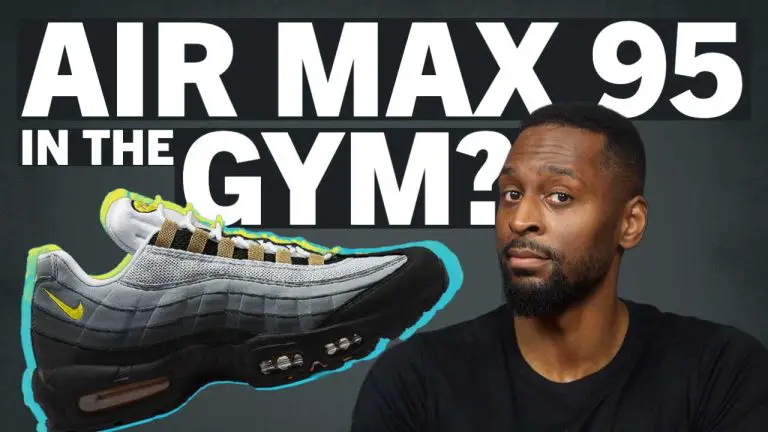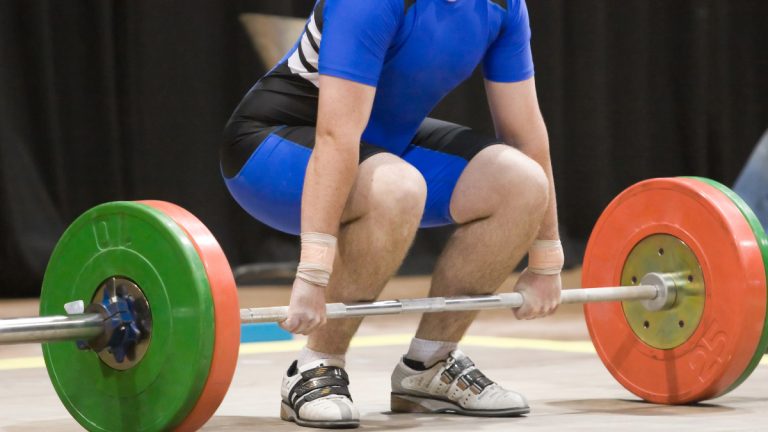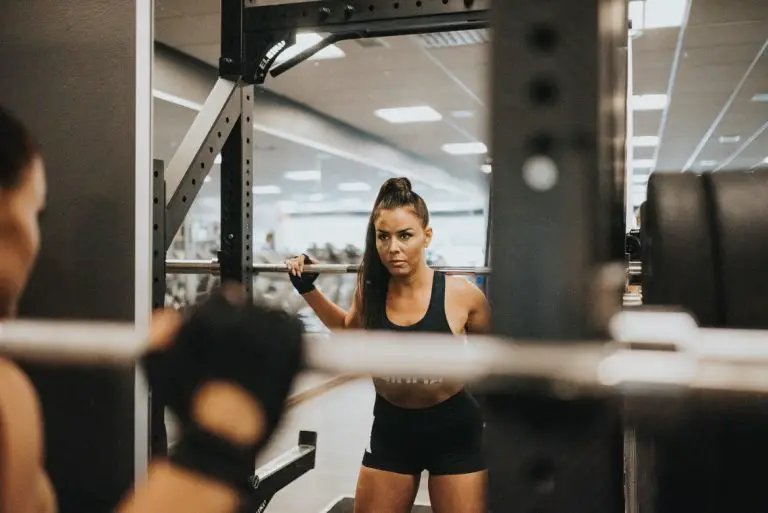Are Barbell Pads and Weightlifting Gloves a Waste of Money?

ListedFit is reader-supported. When you buy through links on our site, we may earn a small commission.
A well-fitting workout outfit is essential whether you work out at home, outside, or at your local gym. It’s not only for fashion. It’s also to ensure comfortability and to boost confidence. However, is it the same for gym accessories?
Some gym enthusiasts say that certain training accessories are not conducive to training and are a waste of money. They argue that these accessories also make individuals look “soft” or weak and are only hurdles to proper routines. Therefore, they delay progress.
On the other hand, some believe these accessories help protect people from injuries, reduce muscle soreness, and encourage better training control and resistance.
In this article, we’ll discuss general questions about training accessories. Are they worth buying, do they help in your exercise routine? Or are they just gimmicks by corporations to grab more profit?
Table of Contents
- Is It Bad to Use a Barbell Pad for Squats?
- Is It Bad to Use a Barbell Pad for Hip Thrusts?
- Is It Bad to Wear Gloves While Lifting Weights? or Is It Just Something That Soft Guys Do?
- Conclusion
Is It Bad to Use a Barbell Pad for Squats?
There’s nothing wrong with using barbell pads, but many gym enthusiasts and lifters don’t recommend them. A barbell pad, also known as a “squat pad” and “shoulder protective pad,” is a cushion added to the barbell that allows you to lift heavier weights with ease and less pain.
It also relieves the neck, back, shoulders, and hips for barbell exercises requiring direct body contact. These include lunges, hip thrusts, and squats.

Barbell pads also make the trainee more comfortable, offering support and bolstering quick improvements. It provides additional support and prevents the barbell from slipping, which can cause injuries.
Additionally, lifters recovering from neck, back, and shoulder injuries temporarily use a barbell pad to slowly ease themselves back to their regular training.
If it’s beneficial, why do people dislike it? Here are some of their reasons:
- It makes them look weak and weird.
- It can change the center of gravity and make them lean forward.
- It can be uncomfortable for beginners.
- It makes the bar harder to stabilize when squatting, and people might lose control of it.
- It’s unsafe to crane the neck while squatting, but it can happen with a barbell pad.
- It causes the bar to stay on the neck, but it should be on the upper back in proper squats.
- It’s only suitable for people who do high bar squatting and want to develop callouses in their necks, not for low squats.
Is It Bad to Use a Barbell Pad for Hip Thrusts?
No, it isn’t. In fact, buying barbell pads is better than rolling out gym towels or yoga mats. While some debate whether it’s okay to use cushions when squatting, they all agree that a barbell pad is a must-have hip thrust accessory. Barbell pads help prevent bruises on the hips caused by pressure from the bar squeezing the muscle tissues.
A barbell with high-density foam stops the bar from directly touching your hip bones, making the exercise more comfortable and preventing injuries. The barbell pad also supports each hip thrust movement as it helps distribute the weight evenly. Spending at least $30 on an excellent barbell pad is worth it if hip thrusts are a consistent part of your training.
Is It Bad to Wear Gloves While Lifting Weights? or Is It Just Something That Soft Guys Do?
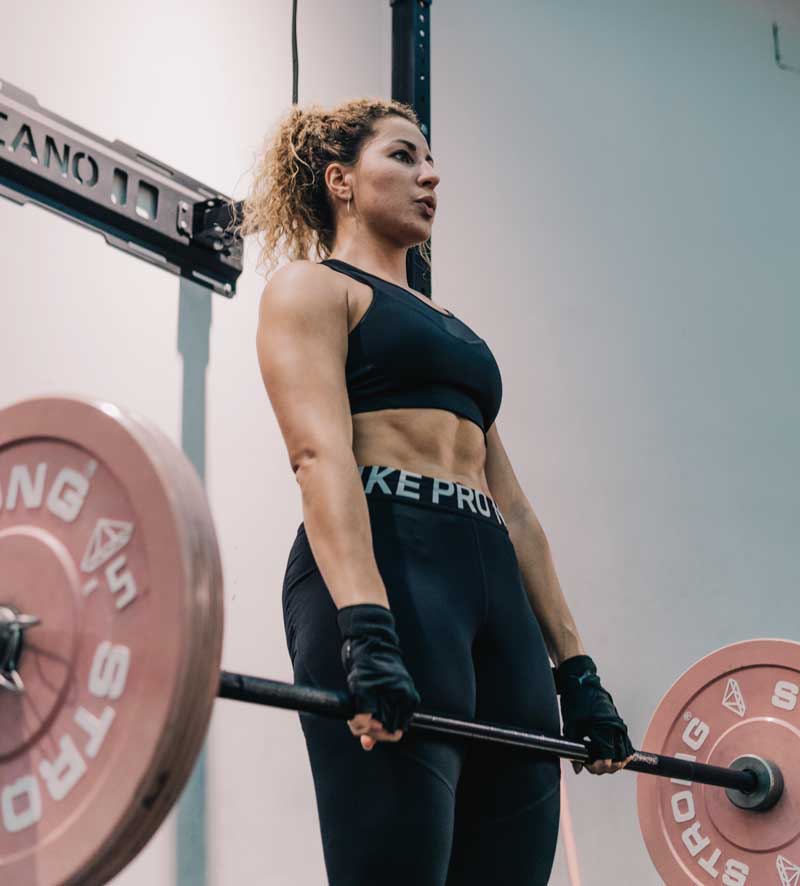
It’s not bad to wear gloves, especially if it’s a need. However, many prefer not to wear them.
Many lifters and trainers are against wearing gloves when lifting weights, not just because it makes someone look soft. But having extra material in your hand causes poor grip on the bar, which can lead to injury or hinder you from mastering different weight lifting techniques. The ability to hold the bar depends on how thick the gloves are – the thicker the gloves, the lower the grip strength.
Moreover, gloves quickly absorb sweat, which is the reason why they always slide and become uncomfortable to wear for many lifters.
If you see people wearing gloves while lifting, these might be their reasons to do so:
- Gloves offer additional protection against skin diseases such as warts and ringworm.
- The individual has sweaty hands and wears gloves as an added aid in handling the bar.
- Using a variety of weightlifting gloves prevents calluses and blisters.
- Gloves reduce pain caused by calluses or wounds on the hand.
- Wearing gloves makes the bar feel thicker and adds more movement and force to fingers and forearms when gripping.
- People who bench press and lift weights above their heads find it easier to hold the bar with gloves.
Lifting Chalk
Have you ever wondered why some athletes don’t wear gloves but use tape and chalk to hold the barbell instead?
Chalk is more convenient, functional, and cheaper than weightlifting gloves. This training accessory absorbs moisture from the hands to ensure a secure grip on the barbell and lift heavier weights. However, you need to tell the gym management of your plan to include chalk in your training before using it, as some gyms don’t like the mess chalk creates. Other gym members can also be allergic.
Conclusion
There are necessary training accessories that help make your routine more bearable or encourage you to reach higher activity levels. These accessories will depend on what training you’re focused on and what goals you have in mind.
For example, if you do lifting, then you’re more likely to need the following:
- Barbell pads
- Weightlifting gloves or chalk
- Straps
- Belts
- Slingshot
- Kinesiology tape
- Wraps
- Good weightlifting shoes
These accessories help develop your skills, lift heavier weights, and prevent injuries. However, it’s not a requirement to have every lifting accessory for your training to be effective.
People’s wants and needs differ. It’s why these modern gym accessories continue to be produced, upgraded, and customized. But it’s also a fact that some gym enthusiasts buy accessories that are not necessary for training. It can be because of the hype or a famous personality’s recommendation.
Before buying any training accessory, always measure the pros and cons.
Some questions to consider are:
- Will this effectively help my training?
- Is it a requirement to alleviate any of my health conditions?
- Is it within my budget?
- Are there any possible alternatives for it?
Training accessories support your form, alleviate aches, and improve your overall progress. However, like in any business industry, some accessories are not needed in the fitness world. Identify your lifestyle and health requirements and don’t forget to consider other factors such as prices.
Author
Latest entries
 FitnessAugust 19, 2023Yohimbe vs Yohimbine: A Quick Comparison Guide
FitnessAugust 19, 2023Yohimbe vs Yohimbine: A Quick Comparison Guide AshwagandhaJune 16, 2023Is Ashwagandha Good for Working Out? Key Benefits Explored
AshwagandhaJune 16, 2023Is Ashwagandha Good for Working Out? Key Benefits Explored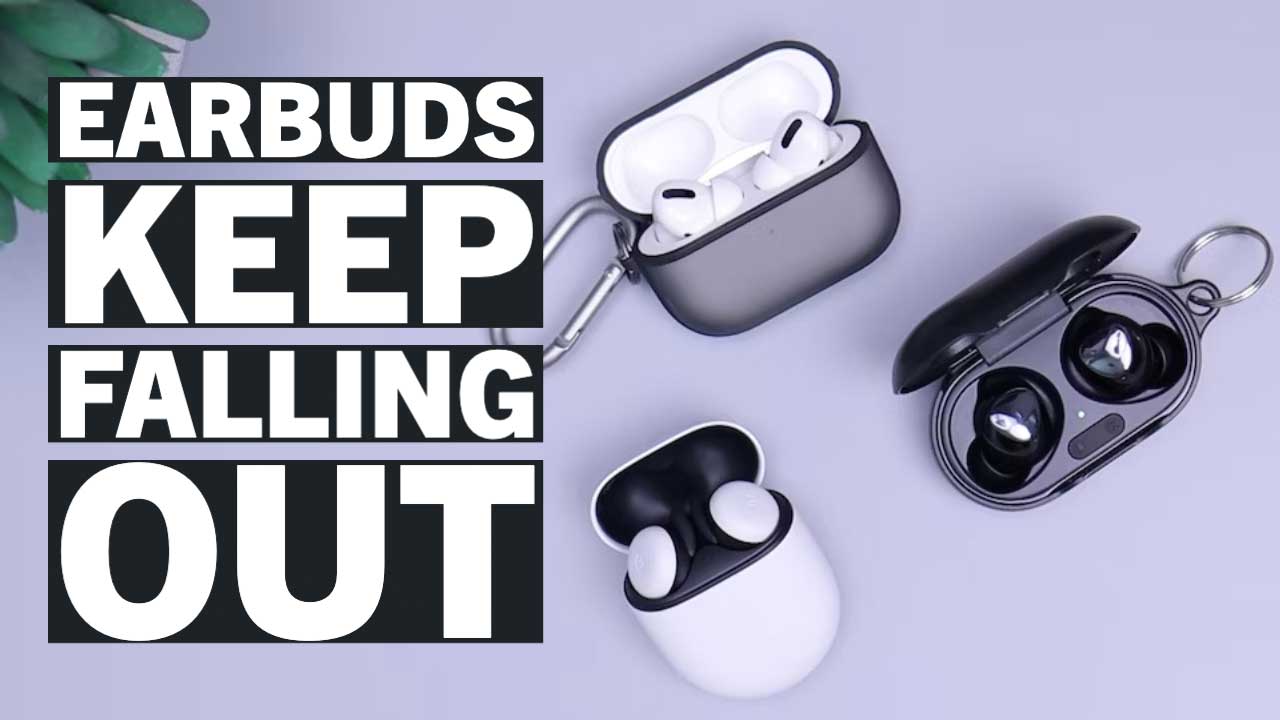 Sports HeadphonesMay 25, 2023Why Your EarBuds Keep Falling Out – Quick and Easy Solutions
Sports HeadphonesMay 25, 2023Why Your EarBuds Keep Falling Out – Quick and Easy Solutions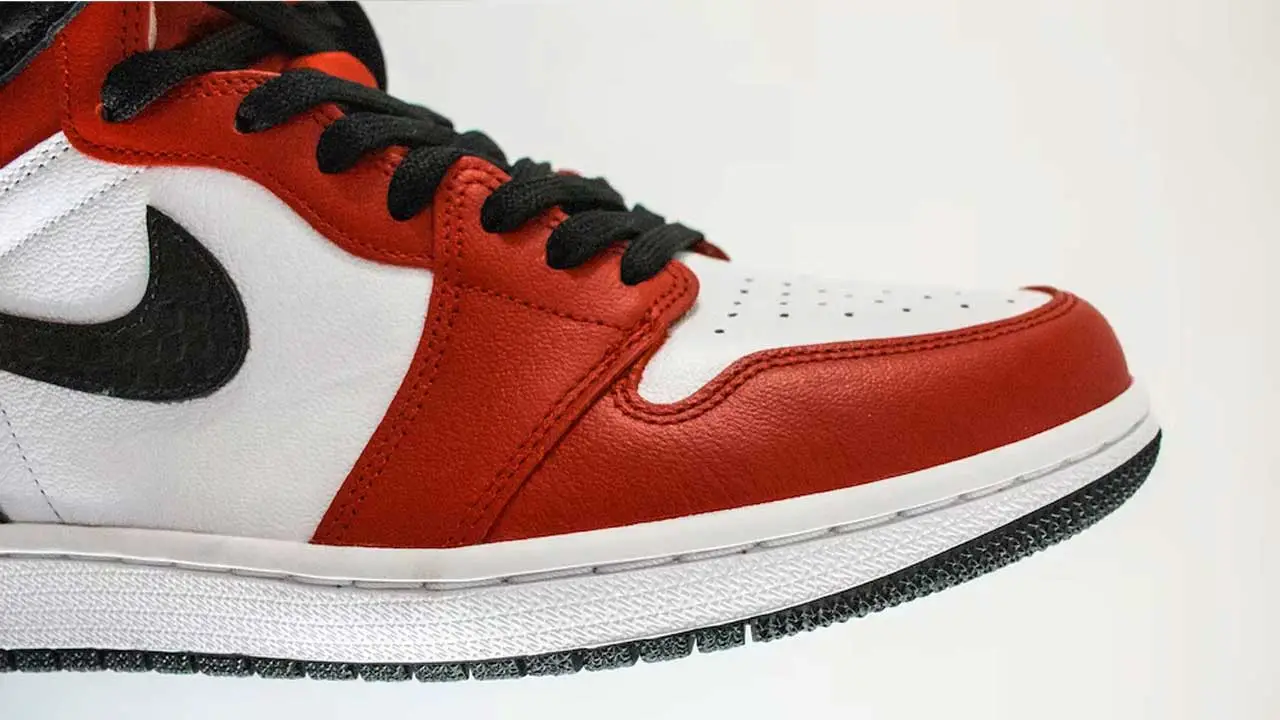 Nike ShoesMay 12, 2023Do Nikes Run Big or Small? Decoding the Perfect Fit
Nike ShoesMay 12, 2023Do Nikes Run Big or Small? Decoding the Perfect Fit
Affiliates:
This post may contain affiliate links that at no additional cost to you, the site may earn a small commission. We only recommend products we would use ourselves and all opinions expressed on this site are our own.
General Advice:
The information provided in this article is for general informational purposes only. It is not intended as a substitute for professional advice. Always consult with a qualified healthcare professional before starting any new diet, exercise program, or making changes to your health routine.
Accuracy Advice:
While we strive to provide up-to-date and accurate information, the content in this article may not reflect the most current research or medical guidelines. We encourage readers to do further research and consult with professionals for more personalized advice.
Our Recommendations:
The products and services mentioned in any of our articles are recommended based on our independent research and personal experience. We are not sponsored by any company. We aim to suggest products and services we believe are of high quality and could be beneficial to our readers.

